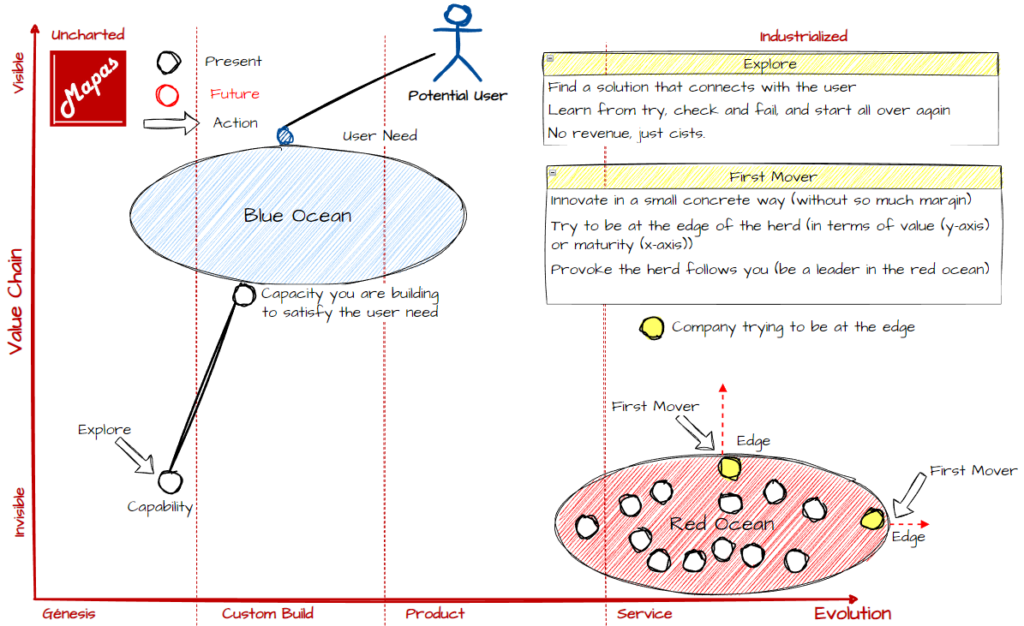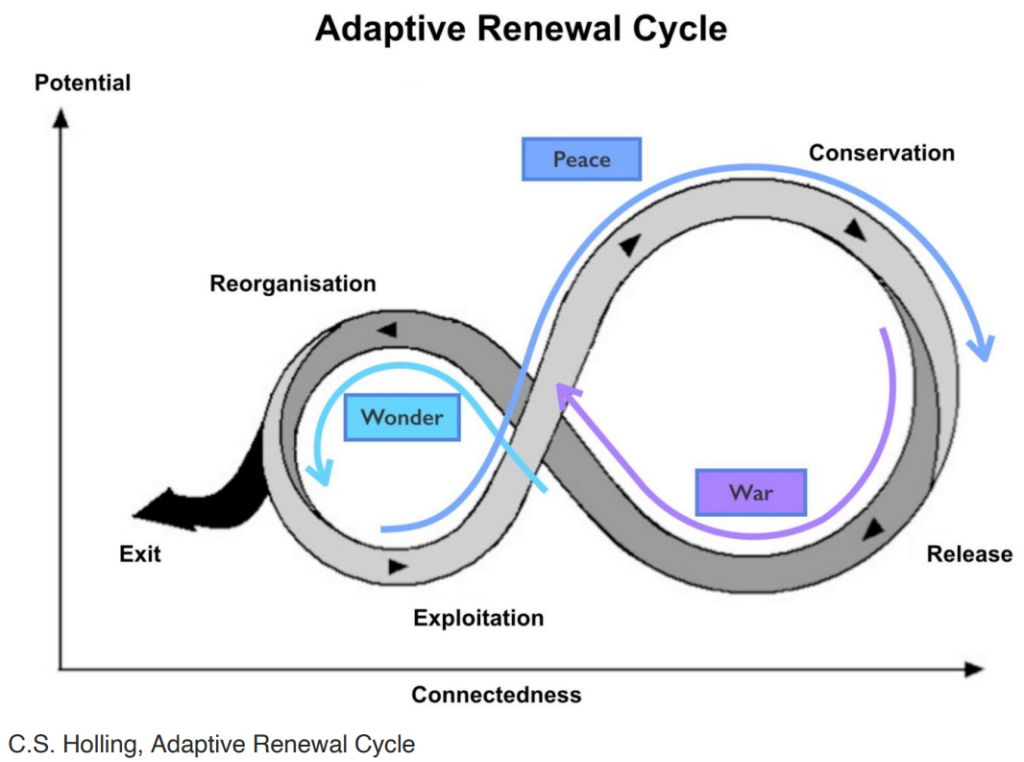User acquisition is the process of increasing the number of users for a mobile app using marketing techniques to raise awareness of a mobile app and connect it with people who need this app.
User Acquisition is one of the KPIs of a mobile app marketing plan and implies defining marketing channels, developing text and graphic creatives, budgeting, and planning to run an app user acquisition campaign.
To acquire an user requires investment and it’s considered a cost that is directly measured. Venture Capital companies investing in companies are going to ask for this cost.
There are key data points that change overtime but are used as reference about how bad/well you are doing it. And for sure, there are companies specialized on it. For instance:
- iOS app user acquisition cost – $2.24
- Android app user acquisition cost – $3.00
- North American app user acquisition cost – $2.59
- Finance app user acquisition cost – $2.33
- Shopping app user acquisition cost – $3.85
- Game app user acquisition cost – $3.19
- Facebook Ads app user acquisition cost – $2.35 (2021)
- Instagram Ads app user acquisition cost – $2.24
Landscape
We can see companies trying to discover new needs of the users and satisfying them with new solutions. They are exploring what the user could need and is willing to use and pay. They are trying to compete/survive in the blue ocean.
In the competitive landscape of user needs that are already recognized and real for the users, we use to have a lot of companies doing almost the same thing (red ocean). They come from different origins but with the purpose of continue competing and keep margins at a decent level, they have to do something.
But what?

As organization, you have to decide where you want to invest:
- Jump into the blue ocean (*): investing a good amount of resources to find new spaces in the market place.
- Compete in the red ocean and squeeze the position you already have: be at the edge of the herd.
Are you strong enough to do both? Ok, but ensure the organization is well focused.
(*) This map misses part of “classic “ blue ocean. The customers are different and have different needs. In part Blue Ocean Strategy is about finding the non consumers by changing the offering in fundamental ways. I think that is partly visible here but not fully (note from Johan Persson).
Today I want to focus on what happens in the space of the red ocean. And to start with it, I would like to start with a simple math that many times happens and you should check if is valid for you:
Cost of user acquisition > cost of user retention
What happens once you have stablished yourself in the market place?
When the cost of acquisition of an user starts to increase exponentially or it’s not sustainable for your organization, you start thinking about how to protect yourself of losing users: user retention. This is a signal for many software solutions.
How to retain users? This is typically done in many ways, but mainly:
- Marketing practices: take the momentum of the channels to be present there understanding that the environment changes very fast and the presence and attention of users is very variable. Keep feedback of users and complaints actively. Take care of users2, etc.
- Features development: copy features of competitors to avoid the user install other applications and finally stops using it (or even worse: they uninstall it).
- Improving the service support: elevate the service support to a level that gives the impression to the user that are using a first class application. This is a differentiation that many times work.
The game of be different in the red ocean
It’s a tough competition, it’s defined by Simon as “war” in the cycle of competition. We can see it everywhere, not only in mobile apps, but also in web applications of any software. Some examples of companies copying features:
- Zoom apps (for what?)
- PowerPoint enables you to record yourself during a presentation (to counter apps as Loom)
- Twitter trying to turn the platform in a type of Substack.
- Google, Facebook… copying Zoom during the Covid.
The examples are also applicable to marketing tactics or service support.
On this game there are players that act as leaders or herd.
The user perception is very important and to be the first one is considered a good thing by the user. The user is a winner and s/he want to use winner applications.
But how can I differentiate in a space full of options where all are similar?
Think about the long run, not the short run. You have to identify the capabilities where you are stronger than the others and then exploit them in the competitive space. Each inch of the space matters: fight inch by inch.
- If you are strong on service support: be more aggressive doing it and advertising how you take care of your users.
- If you are good implementing software: add features to the solution to enrich the user experience, provoke that others follow you. In software this can also be done turning some code as open source. When you do that, some competitors will invest time and effort to quickly incorporate to their solutions. If you achieve this, then you are at the edge of the herd and the herd is following you.
- If you are good in marketing, use it to promote the experience, the affiliation, the belonging to your ultimate purpose.
With small well prepared tactics you can differentiate yourself and extend the live of the software you have build.
Last man standing
If the market deteriorates too much, it will also mean that some competitors will disappear. This is something that can be used to acquire more users that are still requiring to satisfy a need.
The adaptive renewal cycle is shorter and shorter, but sometimes you can extend it and squeeze your software to points that never imagined before. Be perseverant, be creative on that context and have the conviction of doing it better than others.
